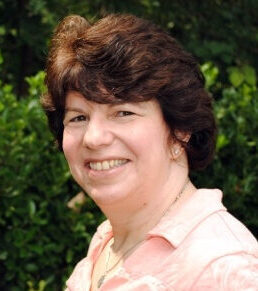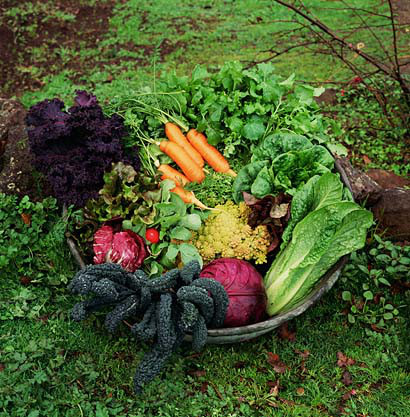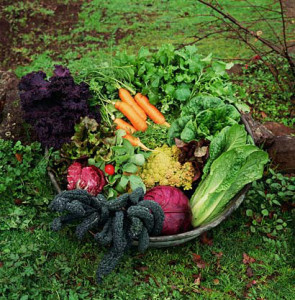Disaster Coverage and PTSD: Should it matter to the media?
Senior Fellow Liz Seegert, MA is a healthcare journalist, writer, and consultant with a focus on social and human welfare
 Yesterday’s 5.8 earthquake along the east coast was not only unusual and unsettling, but also triggered memoriesof the 9/11 attacks for many people in New York City and the Washington DC area. Although most quickly realized what was going on, there was that moment of uncertainty.
Yesterday’s 5.8 earthquake along the east coast was not only unusual and unsettling, but also triggered memoriesof the 9/11 attacks for many people in New York City and the Washington DC area. Although most quickly realized what was going on, there was that moment of uncertainty.
Once the danger has passed, most people return to normal functioning. Fear is a normal response to danger or the unknown, adaptive for our survival and hardwired into the brain. “We are supposed to be afraid in an earthquake,” said Alison Pratt, PhD, a psychologist from Floral Park, NY. If the symptoms are still there several months after the event without improvement, or in fact, getting worse, it may be post-traumatic stress disorder (PTSD) and more serious intervention is warranted.
Naturally the media was all over this story; local TV, radio, and online newspaper coverage was virtually nonstop all afternoon, social media sites were overwhelmed; hundreds of postings appeared within minutes. Of course, video of the quake was played, and replayed, on air and online – home video, cell phone video, professional video… name it and it was on You Tube, Cable TV, Facebook, and just about any other available media outlet.
According to Dr. Pratt, people who have experienced trauma respond in different ways, depending on their coping style. Some people are “avoiders” and do best turning off the news. Others feel a great comfort in connecting with other people and sharing memories, telling their story again. “There is no right or wrong way to deal with these things. But for people with PTSD, data is on the side of therapy plus medication.”
Research confims the link between watching media coverage of highly traumatic events and PTSD symptoms in survivors. Stress levels can rise dramatically stress and cause past survivors to relive horrible events. On the other hand, it is the job of the media to report the news – part of that responsibility often includes showing video of unpleasant or emotionally stressful situations.
The news media has to answer the question of “how much is too much?” Does the public’s right to know outweigh the potential mental distressof victims or survivors of traumatic events? It’s a delicate balancing act.
Watching video of violent events has been shown to desensitize viewers to violence and even leads to delay in helping others in need. What effect does repeat broadcasts of planes flying into the World Trade Center, or people jumping fro the 99th floor, or running for their lives in a daze as the towers fall have on the mental health of those who were there that day?
Should the media take near-certain stress and mental trauma of survivors and families into account as they prepare the nightly news footage? At what point does it become overdone? If it’s news, should it even matter?
As the 10th anniversary of the Sept. 11th attacks draws near, news media needs to consider these questions carefully.
Senior Fellow Liz Seegert, MA is a







